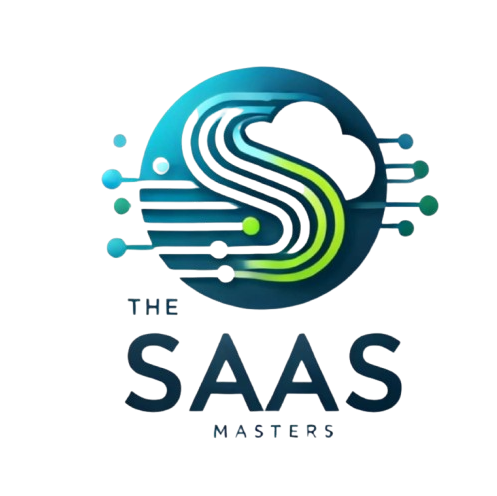What are you Looking for?
Select Sidearea
Populate the sidearea with useful widgets. It’s simple to add images, categories, latest post, social media icon links, tag clouds, and more.
Contact info
-
P: Phone:
-
E: Email:
-
A: Address:
AI Chatbot Integration for SaaS: How to Actually Make It Useful
There’s a big difference between a chatbot and a useful chatbot. If you’re a SaaS founder thinking about adding one, don’t get distracted by flashy demos or ChatGPT wrappers.
A real AI chatbot integration for SaaS should do one of two things:
- Reduce support costs by automating real user questions, or
- Drive conversions by intelligently guiding users through your product or pricing.
Anything else is window dressing.
We’ve integrated AI chatbots into SaaS products in healthcare, nightlife, education, and more — and here’s what it really takes to make them work.
Start With One Use Case — Not “General AI”
Too many teams try to make a bot that does everything. The result? A tool that impresses nobody and solves nothing.
Pick a single purpose:
- Reduce inbound support tickets
- Route leads to the right sales rep
- Guide users through onboarding
- Answer FAQ inside your dashboard
- Translate knowledge base content into conversational answers
Once it’s solving one problem reliably, you can expand its scope.
Choose the Right Stack (Hint: It’s Not Just ChatGPT)
A good AI chatbot requires more than just OpenAI.
What we use:
- OpenAI or Claude (for LLM-based responses)
- LangChain or Semantic Kernel (to structure prompts + workflows)
- FAISS or Redis (to do RAG — retrieval augmented generation — over your content)
- Pinecone or ChromaDB (for vector storage at scale)
- FastAPI or Node.js backend (to handle context, auth, logging)
- React frontend with streaming UX (so answers show up like real chat)
Bonus: Use OpenAI’s function calling to let the bot trigger real app logic (e.g. “reset my password,” “cancel my subscription”).
Feed It the Right Data
Large language models are only as smart as what you give them.
We connect chatbots to:
- Knowledge base articles
- CRM or Stripe data (via API)
- User-specific onboarding info
- Account or app settings
- Pricing, features, limits, and docs
The key is structuring this as embeddings — not just dumping PDFs or docs.
Privacy and Access Control Still Matter
If your bot answers questions about user data, you need to:
- Authenticate every chat session
- Limit access to that user’s info only
- Log queries and responses for compliance
- Filter out unsafe or inappropriate answers
HIPAA or GDPR? You’ll need session-based isolation, encryption, and opt-out flows.
Launch a Beta — and Watch the Logs
Don’t launch an AI chatbot and walk away.
Monitor:
- Top questions it fails to answer
- Where it sends users (and if they convert)
- How many times users rephrase or abandon chats
- GPT hallucinations or off-brand answers
We build admin dashboards for clients to see real-time chat trends and adjust prompt logic as needed.
Final Thought
AI chatbot integration for SaaS isn’t about showing off — it’s about solving something users were struggling with anyway.
When done right, it’s not just a feature — it’s a multiplier. It saves support hours, improves onboarding, and makes your product smarter without needing 10 new hires.
If you want it built right, with real context and value, that’s what we do.

